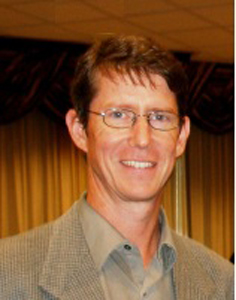Program Information
Absorbed Dose-To-Water Determination in a Double-Scattered Proton Beam Using Water Calorimetry
R Tosh1*, F Bateman1, P Wong2, N Baillie2, B Athar2, C Butuceanu2, M Moyers3, (1) NIST, Gaithersburg, MD, (2) Hampton University Proton Therapy Institute, Hampton, VA, (3) Colton, CA
SU-E-T-42 Sunday 3:00PM - 6:00PM Room: Exhibit HallPurpose: A recent ionization chamber intercomparison in the US, which addressed questions of consistency arising from use of the IAEA TRS-398 dosimetry protocol, has brought increased attention to the need for a national dose-to-water standard for proton beams that would enable direct calibration of chambers and the determination of associated beam quality coefficients, kQ. The present study compares measurements from four of the chambers used in the intercomparison with measurements from a water calorimeter developed by the National Institute of Standards and Technology (NIST), taken in a double-scattered proton beam.
Methods: The water calorimeter was transported to the Hampton University Proton Therapy Institute (HUPTI) for irradiation in a vertical, 10 cm x 10 cm double-scattered beam at a water depth of 11 cm with a residual range of 5.8 cm. The four chambers - one thimble and one parallel plate ionization chamber from each of the two institutions (HUPTI and NIST) - were then substituted for the calorimeter vessel and exposed to the same beam conditions. Measurements at NIST in 6 MV x-rays, immediately before and after the trip to HUPTI, were done to verify calorimeter stability.
Results: Calorimeter results derived from 23 exposures in the HUPTI beam were obtained with good precision, exhibiting a standard error of the mean (SEM) of 0.51%, and both sets of 6 MV measurements exhibited excellent agreement (within 0.2%) of historical values. However, a small but significant systematic difference was found between the calorimeter result and the chamber results, with three of the chamber results lying between 1-2 SEM above the calorimeter result.
Conclusion: Further studies involving the calorimeter and these chambers are planned, both to address the present discrepancy but also to obtain direct, experimental kQ coefficients for the ionization chambers.
Contact Email:


